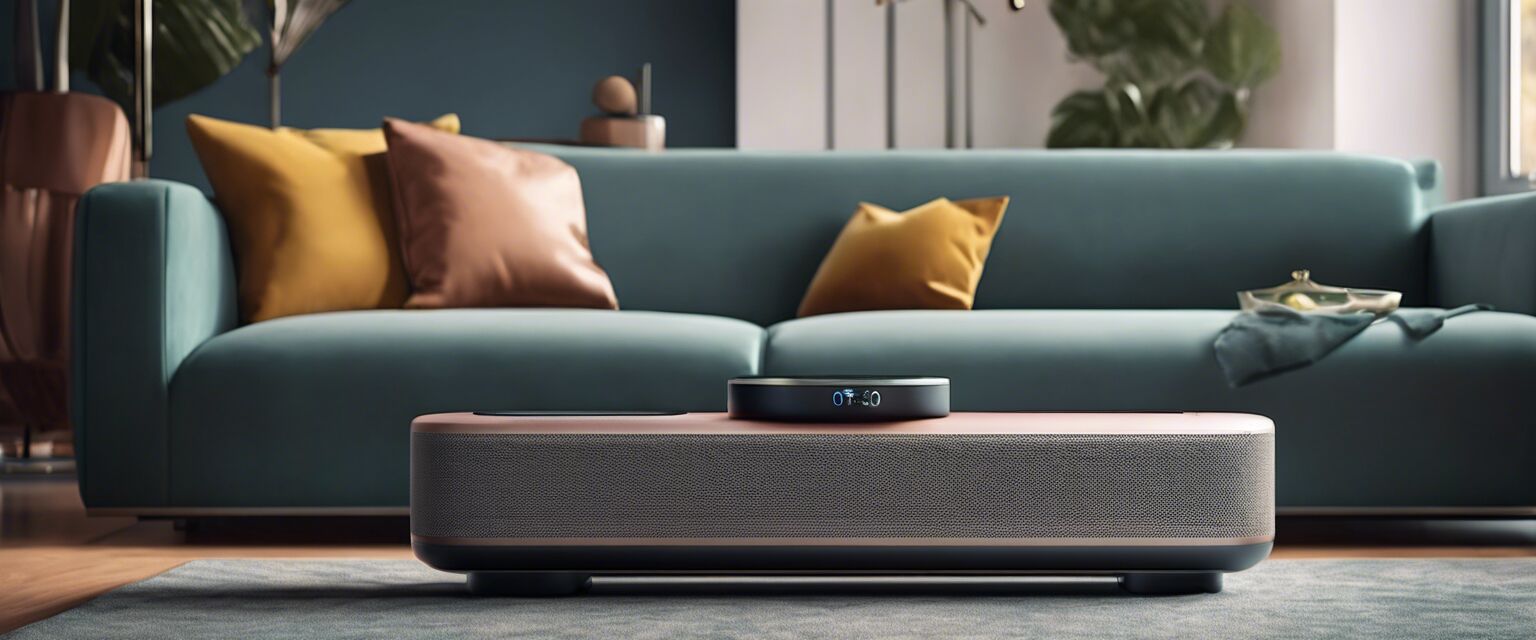
Smart home automation systems
Key takeaways
- Smart home automation systems enhance both functionality and aesthetics of your living space.
- Integration of various devices can create a seamless and intuitive home environment.
- Energy efficiency is a significant benefit of smart home automation.
- Security and convenience are improved with automated systems.
Smart home automation systems are revolutionizing the way we interact with our living spaces. By integrating technology into home decor, these systems provide enhanced functionality while also elevating the aesthetic appeal of your home. This article will explore various aspects of smart home automation, including types of systems, benefits, and tips for implementation.
Understanding smart home automation systems
Smart home automation systems allow homeowners to control various devices and appliances remotely. These systems can include lighting, climate control, security, and entertainment systems, all working together to create a cohesive living environment.
Types of smart home automation systems
| System Type | Description | Examples |
|---|---|---|
| Lighting Control | Automated lighting systems that can be controlled remotely or set to schedules. | Smart bulbs, dimmers |
| Climate Control | Systems that manage heating, cooling, and ventilation for optimal comfort. | Smart thermostats |
| Security Systems | Integrated security solutions for monitoring and protecting your home. | Smart cameras, door locks |
| Entertainment Systems | Automation of audio and visual devices for immersive experiences. | Smart speakers, TVs |
Benefits of smart home automation
Implementing smart home automation systems can significantly improve your home's functionality and comfort. Here are some key benefits:
- Convenience: Control devices from anywhere using your smartphone or voice commands.
- Energy efficiency: Optimize energy usage and reduce utility bills with automated schedules.
- Enhanced security: Monitor your home remotely and receive alerts for unusual activity.
- Increased comfort: Adjust your environment to your preferences with minimal effort.
Choosing the right smart home automation system
When selecting a smart home automation system, consider the following factors:
- Compatibility: Ensure the devices you choose can work together seamlessly.
- Ease of use: Look for user-friendly interfaces and controls.
- Scalability: Choose systems that can grow with your needs over time.
- Budget: Determine your budget and prioritize essential features.
Tips for implementing smart home automation
Beginner's tips
- Start small: Begin with a few devices and expand your system gradually.
- Prioritize security: Invest in smart security devices to protect your home.
- Research brands: Look for reputable brands with good customer support.
Popular smart home automation categories
Explore some of the most popular categories of smart home automation systems:
- Automated window treatments
- Connected security systems
- Efficient space management gadgets
- Intelligent climate control
- Smart audio and visual setup
- Smart lighting solutions
Real-world applications of smart home automation
Smart home automation systems can be applied in various scenarios:
| Application | Description |
|---|---|
| Home Office | Automate lighting and climate for a comfortable workspace. |
| Vacation Mode | Simulate occupancy by automating lights and security systems while away. |
| Home Theater | Integrate audio, visual, and lighting systems for an immersive experience. |
Conclusion
Smart home automation systems are essential for modern living. They not only provide convenience and security but also enhance the aesthetic value of your home. By carefully selecting and implementing the right systems, you can transform your living space into a smart, efficient, and beautiful environment.
Pros
- Improves home security
- Enhances energy efficiency
- Increases convenience and comfort
- Offers customizable options for homeowners
Cons
- Initial investment can be high
- Compatibility issues between devices
- Dependent on stable internet connection













